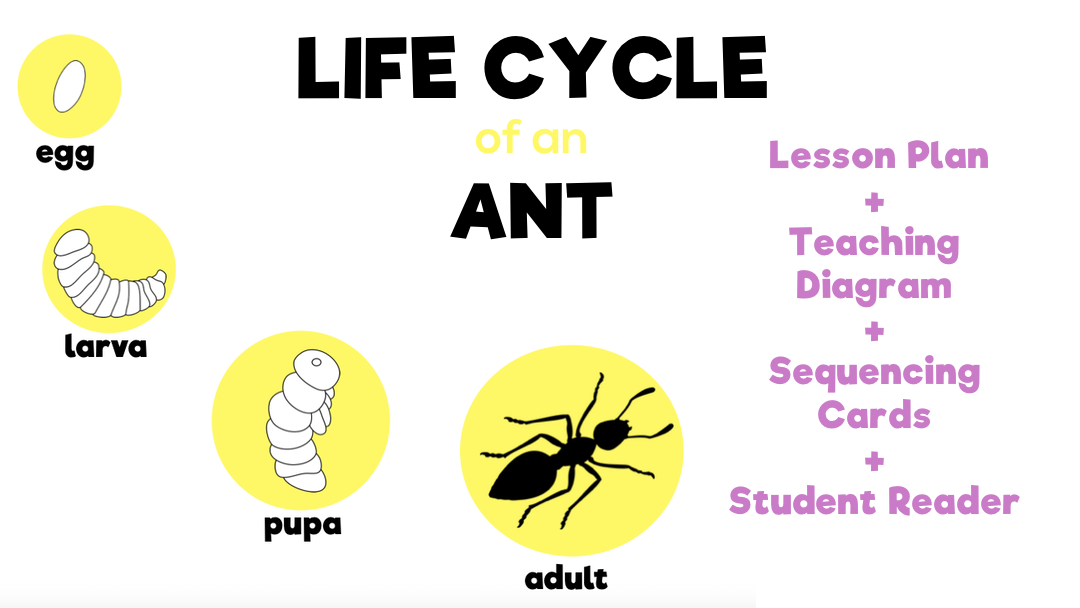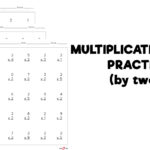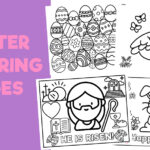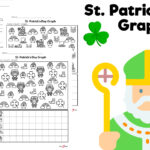Overview: When teaching children about various insects, it is fascinating to explore the life cycle of each creature. Students will not only gain an appreciation for how fragile life is but develop an understanding of how patterns in the cycle of life are repeated again and again. Below, you will find several teaching aids for your study on ants.
Recommended Grade Level(s): First, Second, Third
Life Cycle of an Ant Diagram--Use this as part of your anticipatory set to introduce the life cycle. This can also be laminated and displayed with your ant farm.
Life Cycle of an Ant Sequencing Cards--Pair these with the Life Cycle of an Ant Writing Paper for students to give a written recall of the stages in the cycle.
Life Cycle of an Ant Student Reader--Provide a copy to each student. Allow time for them to cut along the dotted lines to separate the pages. Then, using the numbers at the bottom of each page, students will place their pages in order and staple along the left side to form a book.
How to Implement: As a small or whole group activity, distribute student readers to each child. Read through the book, discussing vocabulary and information provided on each page, and asking questions to help students make connections. After reading as a group, assign students independent work. Have them reread the book and answer the questions at the back of the book. Once children are done, review the answers as a class, or have students turn in their work for your review. Additional copies can be made and distributed at the end of your life cycle study to be used as a final assessment.
Ant Farms offer a fantastic way to provide a real-world experience for your students. They're fun and enriching. Pair it with a science journal for students to hypothesize and track results. There are several growing kits on the market. Be sure to read the fine print when purchasing to verify if the ants are included or if they need to be purchased separately.















